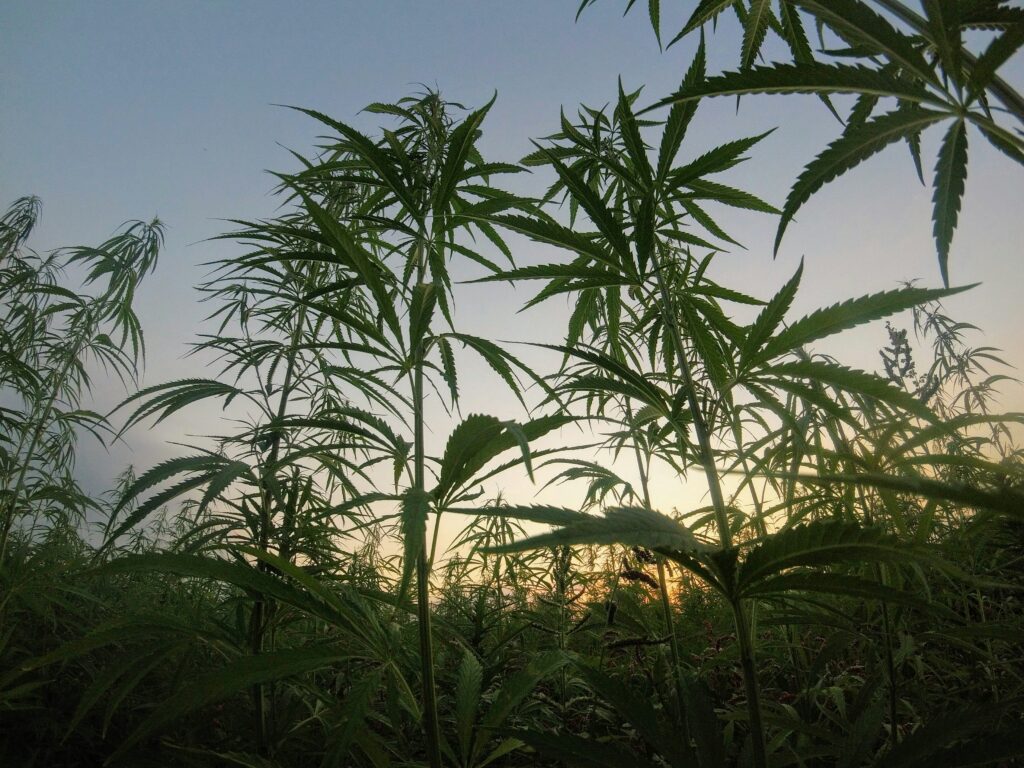Exploring the World of Cannabinoids
The cannabis plant is a treasure trove of chemical compounds, with cannabinoids being at the forefront of scientific and medical interest. These compounds interact with the endocannabinoid system in the human body, influencing various physiological processes. Let’s dive into the fascinating world of cannabinoids, exploring the properties and potential benefits of CBG, CBC, CBD, THC, THCA, and CBN.

Cannabigerol (CBG): The Mother of Cannabinoids
- CBG is often referred to as the “mother cannabinoid” because it serves as a precursor to other cannabinoids.
- It has anti-inflammatory properties and shows potential in treating conditions like inflammatory bowel disease.
- Preliminary research suggests CBG may have neuroprotective effects, making it a focus in studies on neurodegenerative diseases.
Cannabichromene (CBC): The Non-Psychoactive Compound
- CBC doesn’t produce the euphoric effects associated with THC, making it a non-psychoactive cannabinoid.
- Research indicates CBC’s potential as an anti-inflammatory, with studies exploring its application in pain management.
- CBC may have anti-fungal and anti-bacterial properties, contributing to its potential as a therapeutic agent.
Cannabidiol (CBD): The Wellness Wonder
- CBD has gained widespread popularity for its various potential health benefits without the psychoactive effects of THC.
- Known for its anti-anxiety and anti-inflammatory properties, CBD is used in a range of products, including oils, creams, and edibles.
- Research is ongoing on CBD’s potential in treating epilepsy, chronic pain, and even mental health disorders.

Tetrahydrocannabinol (THC): The High-inducing Hero
- THC is the primary psychoactive compound in cannabis, responsible for the “high” experienced by users.
- Medical applications include pain management, appetite stimulation (useful for conditions like AIDS-related wasting syndrome), and nausea reduction in chemotherapy patients.
- Balancing THC with other cannabinoids can mitigate its psychoactive effects while retaining therapeutic benefits.
Tetrahydrocannabinolic Acid (THCA): The Raw Form of THC
- THCA is the non-psychoactive precursor to THC found in raw cannabis.
- When heated, THCA undergoes decarboxylation, converting into THC and producing psychoactive effects.
- Some users consume THCA-rich products for potential anti-inflammatory and neuroprotective benefits without experiencing the typical THC high.
Cannabinol (CBN): The Sleepytime Cannabinoid
- CBN is often associated with its sedative effects, potentially aiding in insomnia and sleep disorders.
- It is a degradation product of THC, forming as THC ages and is exposed to oxygen.
- CBN may have anti-inflammatory and anti-bacterial properties, but more research is needed to fully understand its therapeutic potential.
Conclusion
The diverse array of cannabinoids found in the cannabis plant offers a rich blend of potential health benefits. While research is ongoing, the evolving understanding of cannabinoids continues to open new doors for medical applications and wellness. Whether seeking relief from pain, inflammation, anxiety, or sleep disturbances, exploring the properties of CBG, CBC, CBD, THC, THCA, and CBN provides a fascinating journey into the potential therapeutic power of cannabinoids.

